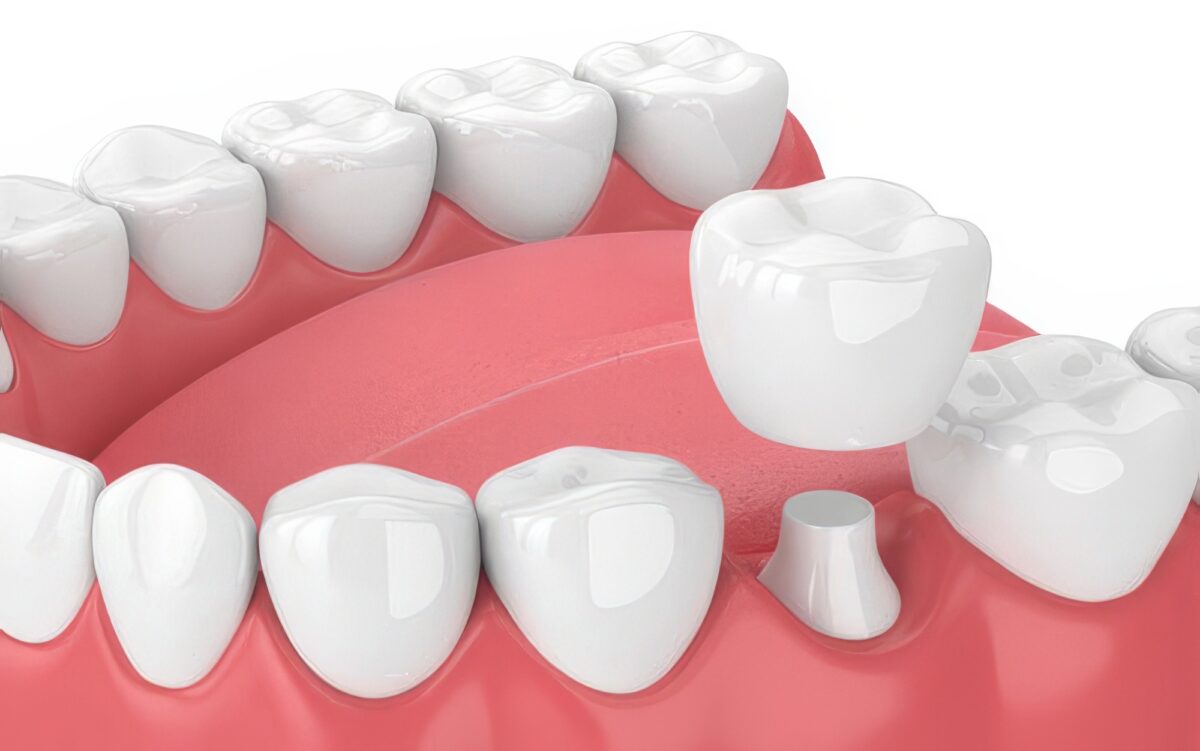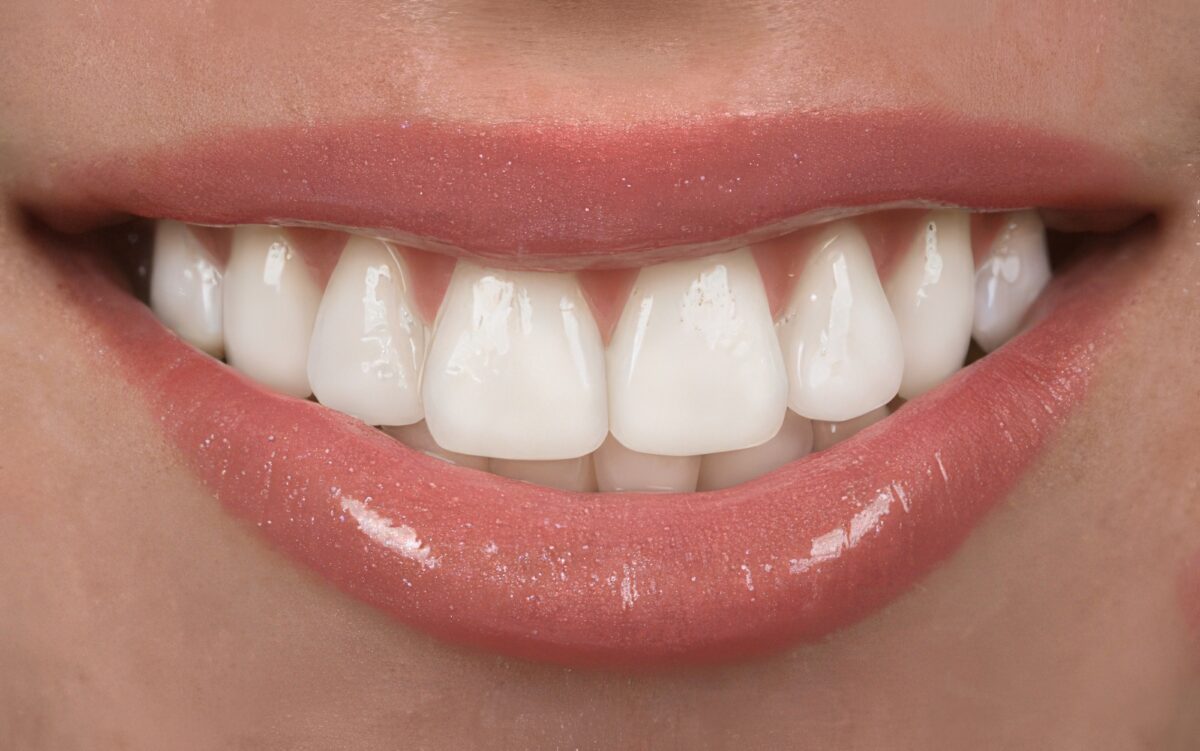Veneers vs. Composite Bondings, Which is Best for Your Smile?
When it comes to enhancing the appearance of your teeth, veneers vs. composite bondings are two popular cosmetic dental procedures. Both options aim to improve your smile, but they differ significantly in terms of materials, purposes, durability, preparation, and cost. Understanding these differences can help you make an informed decision about which treatment is best for your needs.
Key Features of Veneers vs. Composite Bonding
Material
Composite Bonding: Composite bonding involves applying a tooth-colored resin material directly onto the tooth, similar to the material used for tooth-colored fillings. This resin is sculpted and polished to blend seamlessly with your natural teeth.
Veneers: Veneers are thin, custom-made shells typically made of porcelain or ceramic. They are crafted in a dental laboratory and then bonded to the front surface of your teeth, providing a natural and aesthetically pleasing appearance.
Purpose
Composite Bonding: Composite bonding is versatile and can be used to repair chipped or cracked teeth, close gaps, alter the shape of teeth, or improve the appearance of discolored teeth. It’s ideal for addressing minor cosmetic issues.
Veneers: Veneers are primarily used for cosmetic enhancements to correct stained, misaligned, uneven, or worn-down teeth. They can significantly alter the shape, size, and color of your teeth, providing a more dramatic transformation.
Durability
Composite Bonding: While composite bonding is durable, it is more prone to staining and may not last as long as veneers. Factors such as exposure to coffee, tea, or tobacco can affect its longevity.
Veneers: Veneers are highly stain-resistant and generally more durable than composite bonding. With proper care, veneers can last many years, making them a long-term solution for a perfect smile.
Preparation
Composite Bonding: Composite bonding requires minimal tooth preparation. The dentist will lightly roughen the tooth surface and apply the bonding material directly.
Veneers: The preparation for veneers involves removing a small amount of tooth enamel (about 0.5 mm) to create space for the veneer. This process is a permanent alteration to the tooth structure.
Cost of Veneers vs. Composite Bonding
Composite Bonding: Composite bonding is typically more affordable than veneers. It offers a quicker, minimally invasive, and cost-effective solution for minor cosmetic concerns.
Veneers: Veneers are more expensive due to the custom fabrication and materials used. Additionally, the enamel removal process makes them suitable for specific cases rather than routine application.
Which Option is Right for You?
In summary, composite bonding is a versatile option for minor cosmetic improvements that require minimal tooth preparation and are more budget-friendly. Veneers, on the other hand, provide a more dramatic transformation, are highly durable and stain-resistant, but involve irreversible enamel removal and are typically more costly.
The choice between composite bonding and veneers depends on your specific cosmetic goals, budget, and the dentist’s recommendation based on your individual dental condition. Consulting with a professional can help you determine the best course of action for achieving the smile you desire.
Conclusion
Choosing between veneers and composite bonding can be a significant decision in your dental care journey. Each option offers unique benefits tailored to different needs and preferences. At [Your Dental Clinic Name], we are committed to helping you make the best choice for your smile. Schedule a consultation with us today to explore your options and embark on your path to a perfect smile!
For more information or to book an appointment, please contact [Your Dental Clinic Name]. We are here to help you achieve the smile you deserve.









